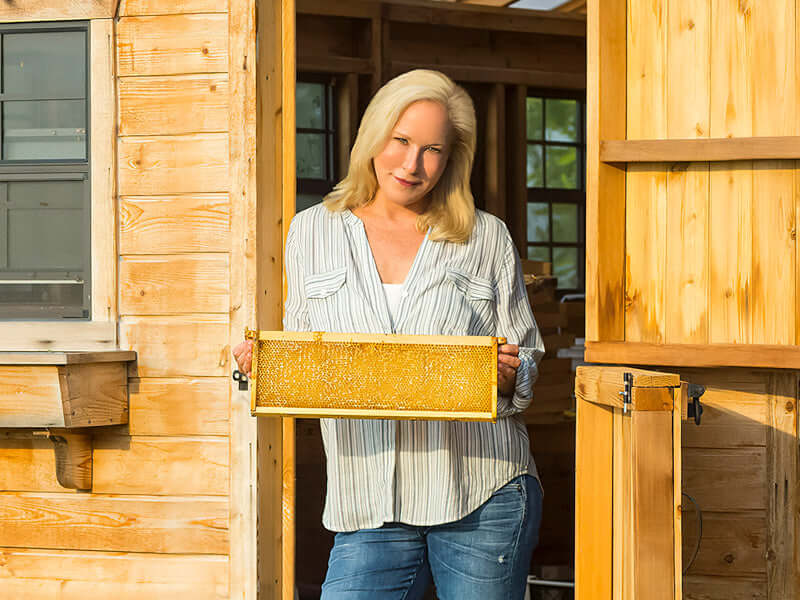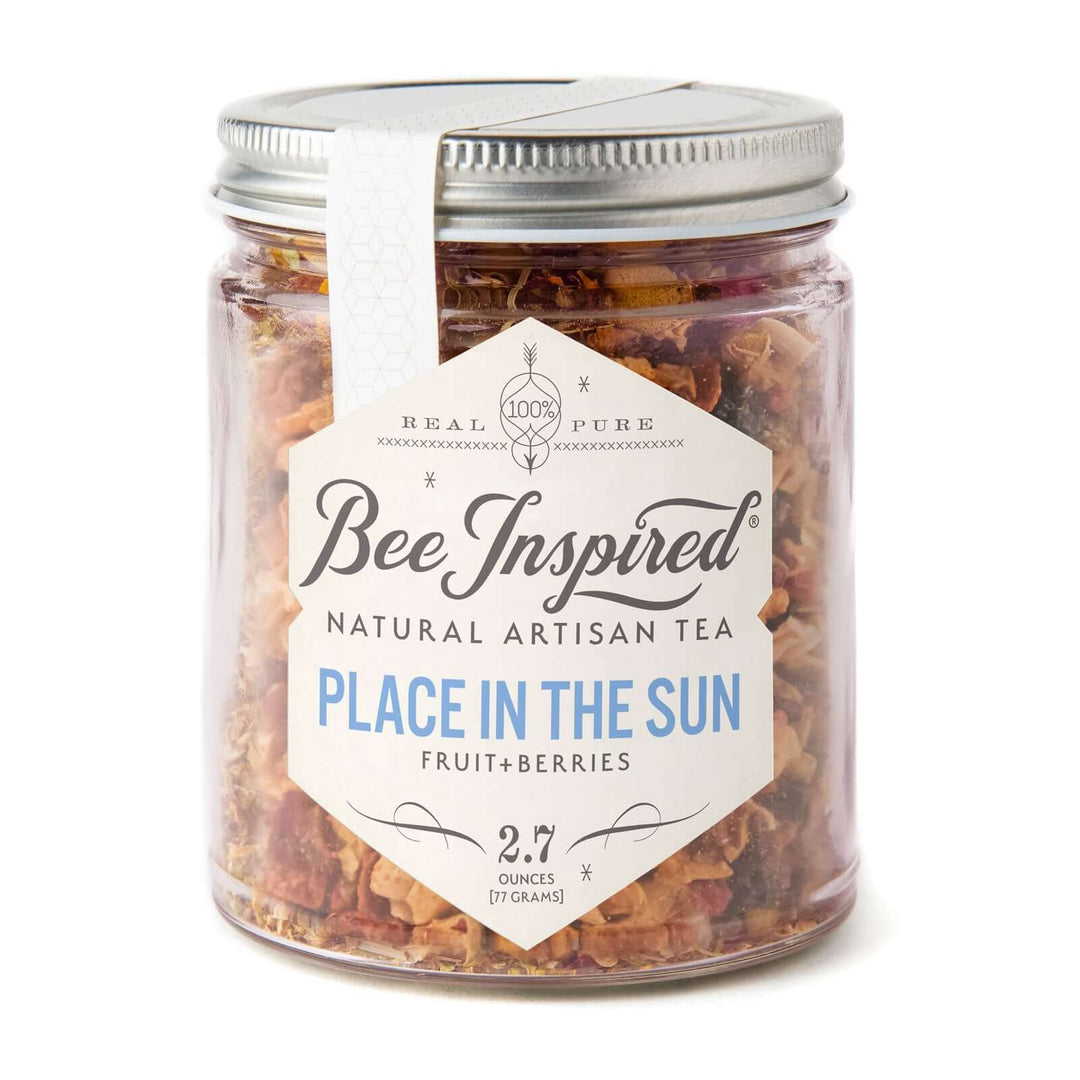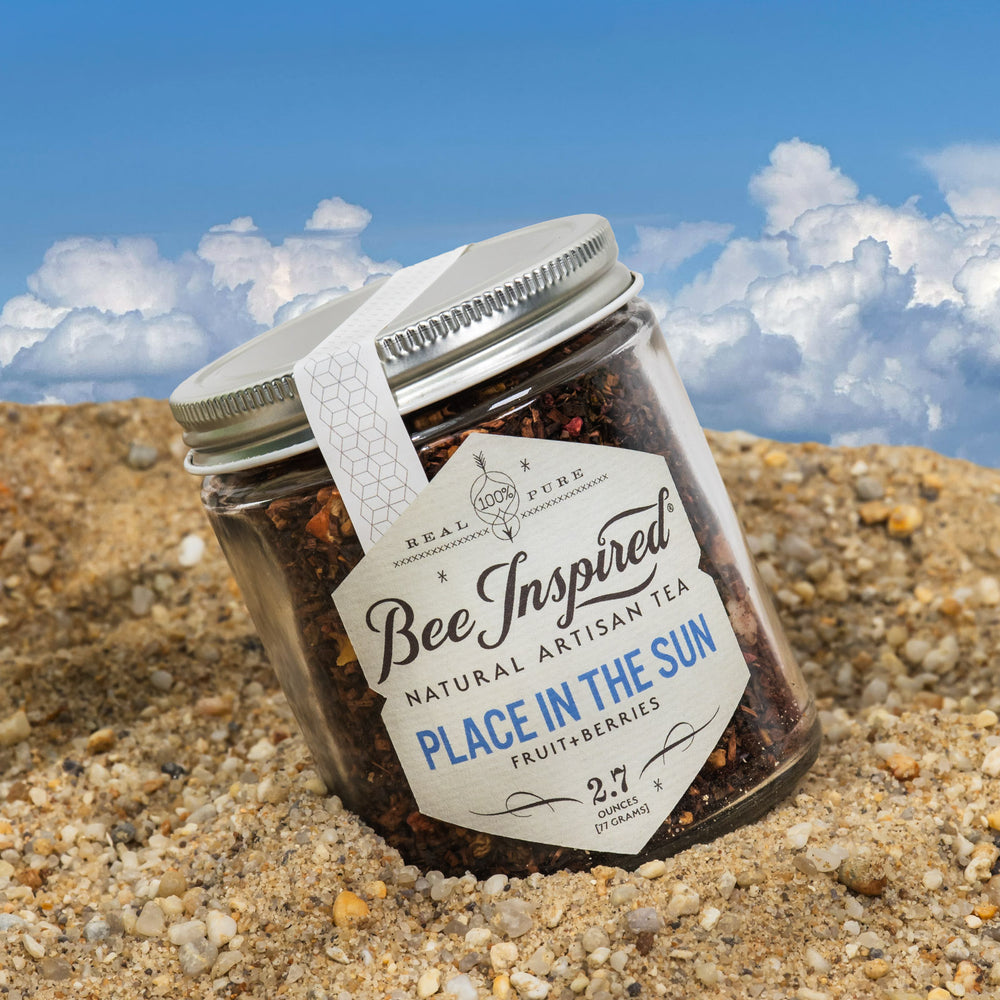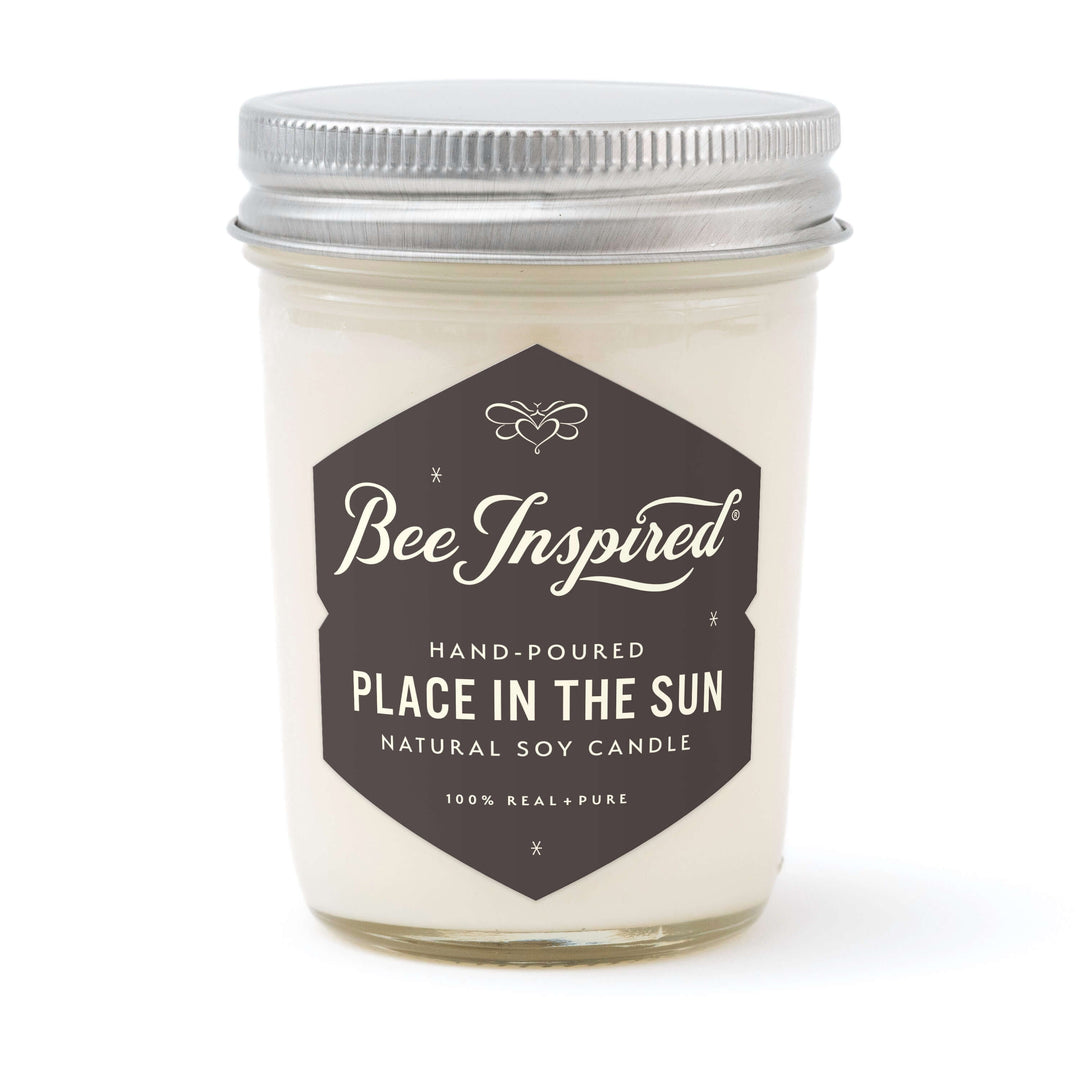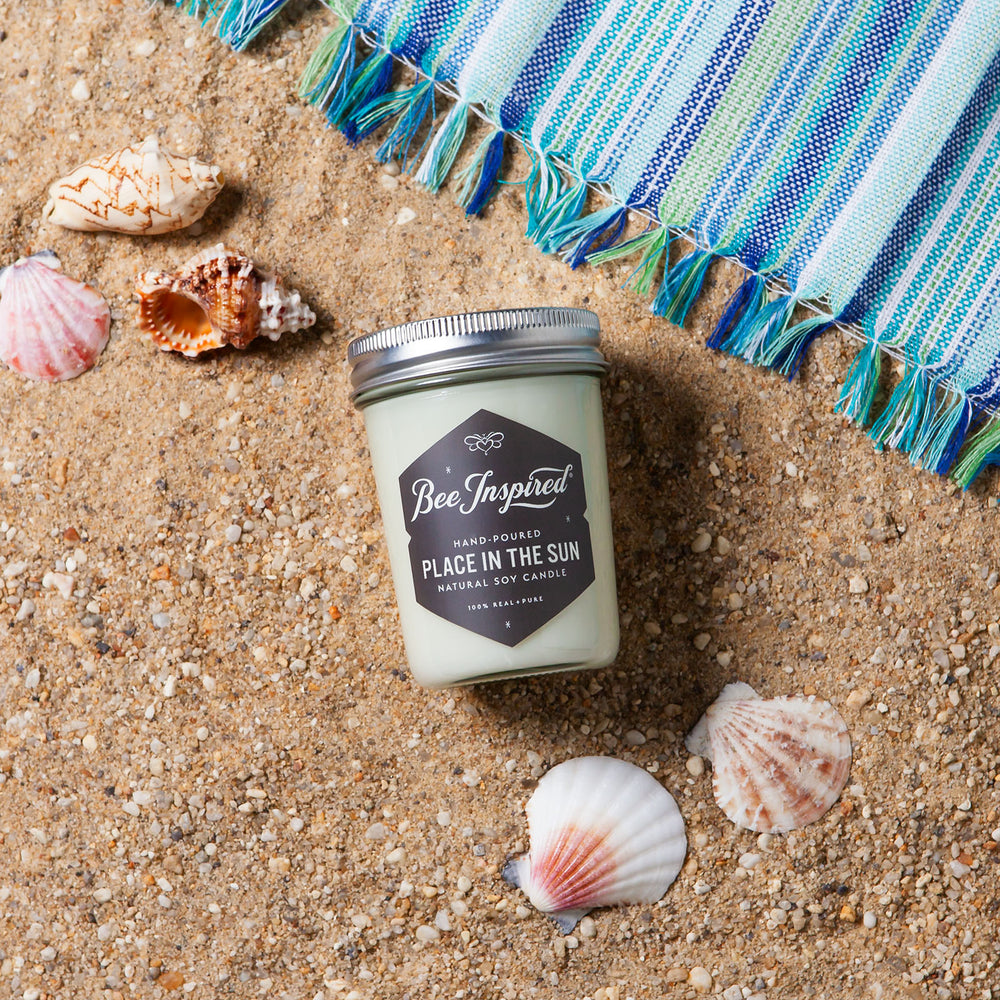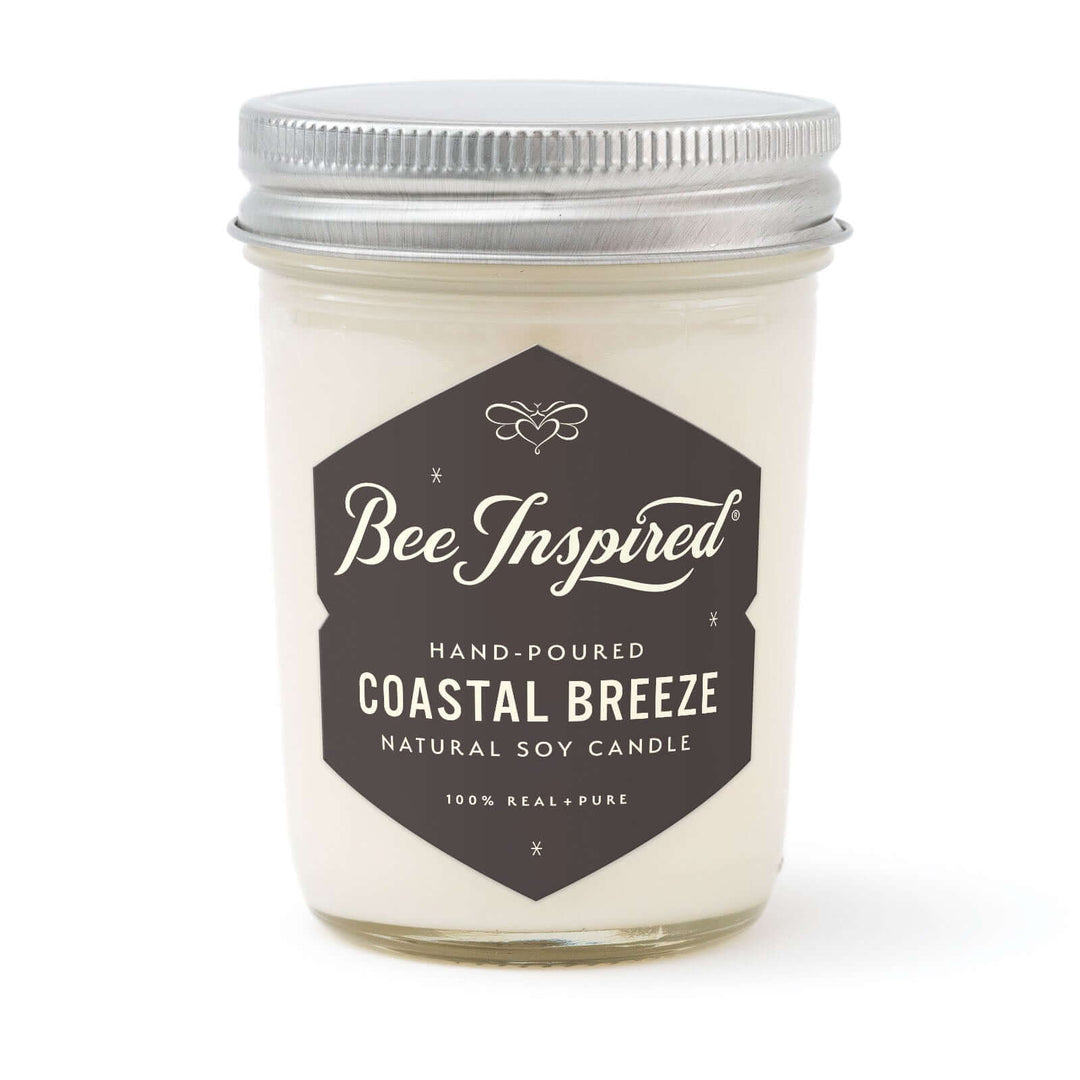This painting technique developed in Ancient Greece has captivated artists for over 2000 years. Heat is the essential element in this art form. The time-honored technique literally means "to burn in." The process begins by warming the surface to be painted and applying melted "wax paint." Creating encaustic paint is straightforward; it requires beeswax, tree resin, and pigment. The earliest examples of encaustic art are the remarkable Fayum Mummy Portraits, which can still be admired at the Metropolitan Museum of Art (see video below). Through history, encaustic paint was also used to decorate wooden ship hulls due to its durability on wood.
Let’s delve into the world of encaustic painting, explore its intriguing history. I’ll guide you through the necessary supplies and techniques and reveal why this enduring art form continues to spark creativity.

Getting Started with Encaustic
- Today encaustic painting combines historical techniques with modern innovations.
- Key supplies essential for creating and manipulating the medium, include beeswax, damar resin, and proper heating tools.
- Adequate workspace preparation, including ventilation, safety measures, and eye and skin protection, is crucial for a safe encaustic painting practice.
- Beyond encaustic painting, today’s artists also explore fresh techniques and mixed media.
Origins and Evolution of Encaustic Painting
The ancient Greeks primarily used encaustic painting to create lifelike portraits. They developed this method of hot wax and wax painting to be durable and provide unique aesthetic qualities.
A notable example of the very first encaustic painting is in the Fayum Mummy Portraits, which date to between 100 and 300 AD. These portraits, often painted on wooden panels, showcased the remarkable ability of encaustic paint to preserve vibrant colors and intricate details over centuries. The decline of encaustic painting after the Roman era was primarily due to the complexity of the process and the advent of other painting techniques.
Interest in encaustic art revived in the 20th century. Jasper Johns was among the most notable artists, and technological advancements like heated palettes made the process more accessible to modern artists. Today, contemporary encaustic artists continue to explore and innovate within the medium, blending ancient techniques with modern styles. These evolution highlights the timeless nature of this dynamic and evolving art form.

Essential Encaustic Art Supplies
Creating stunning encaustic paintings begins with gathering the right art supplies. Beeswax is the heart of the paint, particularly white beeswax, known for its durability and moisture resistance. Beeswax, combined with damar resin, forms the encaustic medium, which can be adjusted for texture and finish depending on the artist’s preference.
To work effectively with encaustic paints, you’ll need various tools, including:
- A heated palette to keep the wax molten
- Palette thermometers to monitor temperature
- Industrial Heat gun
- Butane Torch head and butane cans
- Palette tins made of heavy aluminum or steel alloy for melting larger quantities of wax
- Natural bristle brushes (synthetic brushes will melt under the heat)
- Tools like palette knives, silicone basting brushes for grilling, bristle brushes, squeegees, wooden and rubber stamps, and metal potter’s ribs help manipulate the hot wax to create unique textures and effects.
- High-quality encaustic paint
Preparing Your Workspace for Encaustic Painting
A well-prepared workspace is crucial for the safe and effective practice of encaustic painting. Since encaustic paints involve heated wax, proper ventilation is essential to avoid inhaling fumes that can cause headaches or lung irritation. A local exhaust system, such as a window fan, can help vent out contaminated air and bring in fresh air.
Safety should always be a priority. Having a burn kit and fire extinguisher readily available in your workspace is essential. A dedicated 20-amp electrical circuit for each workstation is also necessary to support the heated palette and hot air gun without overloading your electrical system. Controlled heating prevents overheating, which can lead to fuming or even fire hazards.
Covering work surfaces with paper or using a metal surface helps protect them from wax drips and simplifies cleanup. A palette surface thermometer will help you maintain the heated palette temperature between 180 - 200°F, ensuring optimal working conditions. With these preparations, you’ll create a safe and efficient environment for your encaustic art.
Creating Your Own Encaustic Medium
Creating your own encaustic medium is a rewarding process that allows for customization of texture and finish. The basic ingredients for encaustic paint are beeswax, damar resin, and pigment powder. Typically, the encaustic medium consists of a blend of wax and damar resin, with artists often using an 85% beeswax to 15% damar resin ratio, resulting in a versatile wax medium.
Start by melting the pharmaceutical-grade beeswax and damar resin on an electric hot plate. This mixture must be carefully monitored to avoid overheating, which can cause fumes, fire hazards, and a useless medium. Once melted, the encaustic medium can be adjusted by altering the ratio of beeswax to damar resin, allowing artists to achieve different textures and finishes.
Adding pigment powders to the molten wax creates the vibrant colors used in encaustic painting with wax paints. This process gives you control over the hues and shades in your artwork and connects you to the ancient medium’s roots, blending traditional methods with contemporary artistic expression.

Techniques for Applying Encaustic Paint
Applying encaustic paint involves a variety of techniques that can produce stunning effects. Natural bristle brushes are recommended because synthetic ones can melt under heat. Brushing the wax while it is warm is crucial to achieve a smooth application and maintain the desired opacity or translucency.
Palette knives are invaluable tools for manipulating the encaustic paint on the heated palette, allowing you to create unique textural effects. By experimenting with different tools, such as brushes, knives, and even sponges, you can develop a variety of textures and patterns in the encaustic medium.
Heated tools help to fuse the layers of wax supporting an archival art form. A regulator is necessary to preserve temperatures and avoid acrid fumes.
The beauty of encaustic wax painting lies in its versatility. Whether you prefer smooth, glossy surfaces or intricate, textured designs, the combination of heat and wax offers endless possibilities for artistic expression. Don’t be afraid to experiment and push the boundaries of this ancient technique to create your stunning encaustic artwork.
Fusing Layers of Wax
One of the key steps in the encaustic process is fusing each layer of wax to ensure they bond effectively. This is typically done using a heat tool to apply a low flame back and forth over the surface of the wax. A heat gun is commonly used for this purpose, allowing precise control over the heat application.
Keep a consistent distance of about 6 inches between the heat source and your artwork to achieve even heating. It’s essential to move the heat tool in a controlled manner to prevent overheating any single area, which can create bubbles and uneven surfaces. Fusing layers too quickly can result in unwanted textures and imperfections.
The final step in the fusing process, known as ‘burning in,’ ensures that all layers of encaustic paint become one. This technique, when done correctly, results in a beautiful enamel-like finish that enhances the depth and richness of your encaustic artwork.
Incorporating Mixed Media and Collage Elements
One of the unique aspects of encaustic art is its ability to incorporate mixed media and collage elements. This medium integrates various materials, such as oils, pastels, China markers, pigmented shellac, and found objects. These elements can be embedded between layers of wax, adding visual and textural complexity to the artwork.
Collage elements like dried flowers, newspaper clippings, music sheets, and old photos can be added to enhance your encaustic piece's narrative and aesthetic. The placement of these materials within the layers affects their visibility; items placed deeper will be more subtly visible in the finished artwork.
Contemporary encaustic artists often experiment with mixed media, layering, and even sculptural elements to push the boundaries of traditional painting.
Texturizing and Finishing Touches
Adding texture and finishing touches to your encaustic paintings can elevate them to new levels of visual interest. Techniques like sgraffito, where the top layer of wax is scratched away to reveal colors beneath, can create striking designs. You can smooth or gouge into the wax using clay tools to add depth and texture.
Sanding or using baby wipes on the wax layers can reveal underlying collage elements, adding complexity to your artwork. Experimenting with different methods and tools is key to discovering unique effects and developing your style.
Finishing touches, such as buffing the surface with a soft cloth to enhance the shine, can give your encaustic pieces a luminous quality that draws viewers in. Combined with thoughtful experimentation, these techniques can transform your encaustic artwork into a true masterpiece.

Caring for and Displaying Encaustic Art
Proper care and display of encaustic artworks are essential to ensure their longevity and beauty. When handling your encaustic pieces, it’s advisable to use white cotton gloves to prevent oils or fingerprints from damaging the surface. To remove bloom, gently rub the surface with a soft cloth or nylon stocking, enhancing the artwork’s shine and vibrancy.
Acid-free materials like glassine or conservation boxes protect the surface for long-term storage. Avoid wax or parchment paper, which can stick to the encaustic medium.
When displaying your artwork, it’s best to avoid direct exposure to sunlight, which can cause colors to fade and weaken the binding of the wax. While encaustic art doesn’t require glass protection, using floater frames can help prevent chipping of the edges during handling.
By following these care and display tips, you can preserve the integrity and beauty of your encaustic artworks for years to come.
Inspirational Ideas from Encaustic Artists
Today the world of encaustic painting is filled with inspiring artists pushing this ancient technique's boundaries. For example, Jasper Johns famously used encaustic wax to create textured surfaces and layered compositions. His innovative approach to encaustic painting has influenced countless artists and continues to inspire new generations.
Many encaustic artists find inspiration in nature, using the medium to create a connection between the viewer and the natural world. This emotional response to nature often translates into artworks that evoke a sense of wonder and reflection. Letting your style flow through the layers of wax enables the of pieces to resonate.
The process of encaustic painting can be incredibly meditative, allowing artists to focus on moving color around and exploring the interplay of light and texture. Whether you’re inspired by the works of famous artists or your own experiences, encaustic painting offers a unique avenue for creative expression.

The Best Place to Start is with a Class
An experienced teacher will assist you in navigating all the options to choose the right supplies, set up a safe workspace to mastering the application, and fuse wax layers. Hopefully, this guide has stimulated your interest in getting started.
As you embark on your encaustic journey, remember to care for and display your pieces properly to ensure their longevity. Let the inspiring ideas from renowned encaustic artists fuel your creativity and push the boundaries of what you can achieve. Embrace the process, experiment boldly, and watch as your encaustic creations come to life.

Check out Poppy and some of my other pieces from our Fine Art collection
Frequently Asked Questions
What is encaustic painting?
Encaustic painting is an ancient technique that uses heated beeswax, damar resin, and pigments to produce art. This method allows for vibrant colors and textural depth, making it a unique form of expression.
What are the essential supplies needed for encaustic painting?
For encaustic painting, you will need beeswax, damar resin, pigment powders, natural bristle brushes, a heated palette, and various manipulation tools. These supplies are crucial for achieving your artwork's desired effects and techniques.
How do I prepare my workspace for encaustic painting?
To prepare your workspace for encaustic painting, it is essential to ensure proper ventilation, keep safety equipment such as a burn kit and fire extinguisher readily available, and use a dedicated electrical circuit for your heated tools. This will create a safe and effective environment for your artistic process.
Can I incorporate other materials into my encaustic paintings?
You can indeed incorporate other materials such as oils, pastels, and found objects into your encaustic paintings to enhance their visual appeal and depth. This versatility allows for greater creativity in your artwork.
How do I care for and display my encaustic artworks?
To properly care for and display your encaustic artworks, handle them with white cotton gloves, store them in acid-free materials, and keep them out of direct sunlight to prevent fading and damage. Following these steps will ensure the longevity and preservation of your pieces.






